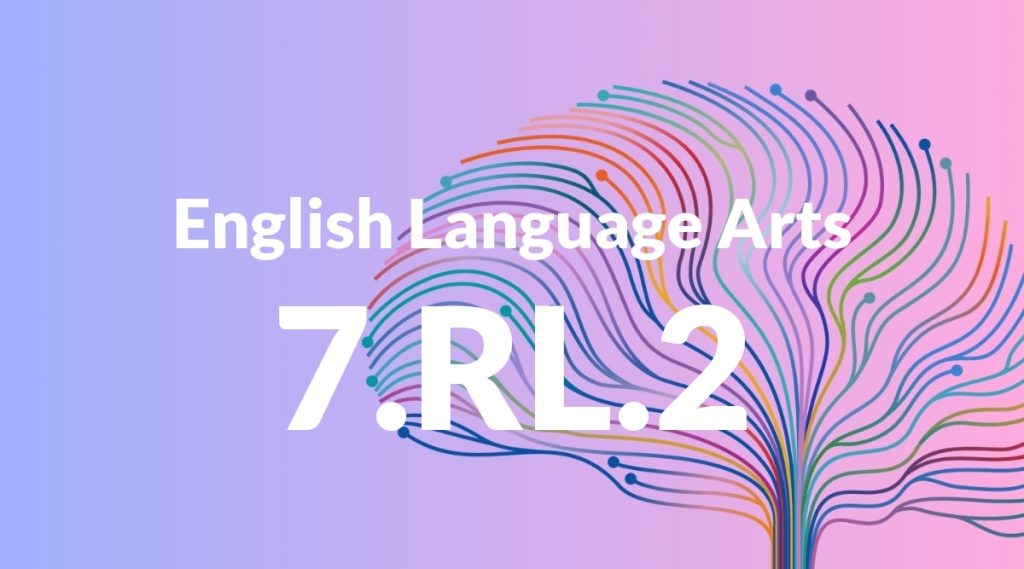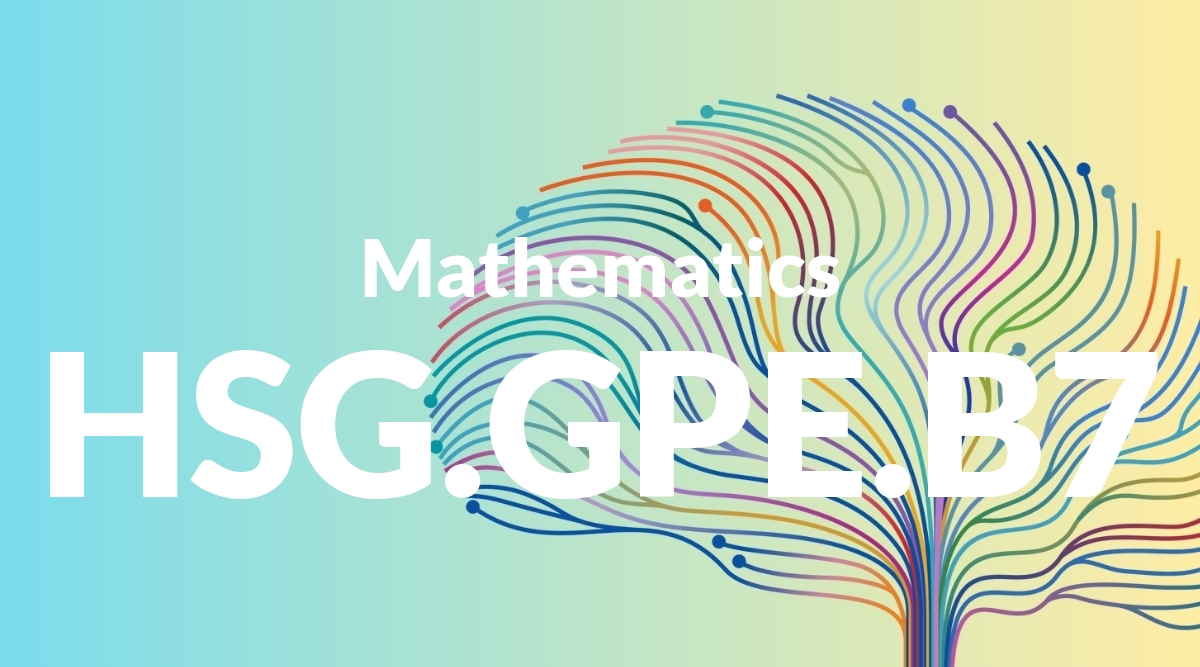Standard: 7.RL.2 – Determine a theme or central idea of a text and analyze its development over the course of the text; provide an objective summary of the text.
Grade level: Grade 7
Subject: English Language Arts
Domain: Reading: Literature
Teacher Overview
This standard focuses on helping students identify and understand the central theme or idea of a text, and to analyze how it develops throughout the narrative. Mastering this skill is crucial as it allows students to engage more deeply with literature and enhances their analytical and critical thinking abilities. Students should be comfortable identifying main ideas and supporting details in texts, and should have practice summarizing shorter passages. Familiarity with basic literary elements such as plot, setting, and character is also essential.
Once students master this standard, they will be able to analyze complex themes and motifs in various texts, compare and contrast themes across different works and genres, and develop advanced skills in critical thinking and literary analysis.
Common Misconception 1
A common misconception is that the theme of a text is the same as its plot. However, the plot is the sequence of events that happen in the story, while the theme is the underlying message or insight about life that the author conveys through those events.
Intervention 1
To address this misconception, use graphic organizers that separate plot events from thematic elements. Encourage students to identify and list key plot points and then discuss what message or insight these points collectively convey.
Common Misconception 2
Another common misconception is that a summary should include personal opinions. An objective summary should only include the main points of the text without any personal bias or interpretation.
Intervention 2
To remediate this, teach students how to write objective summaries by focusing on the key points of the text and avoiding subjective language. Practice this skill through various exercises and provide examples of both objective and subjective summaries for comparison.
Prerequisite Knowledge
Students should have a basic understanding of identifying main ideas and supporting details in a text. They should also be familiar with summarizing shorter passages and recognizing basic literary elements like plot, setting, and character.
Subsequent Knowledge
After mastering this standard, students will be able to delve deeper into analyzing complex themes and motifs in various texts. They will also be able to compare and contrast themes across different works and genres, and develop skills in critical thinking and literary analysis.
Instructional Activities
- Use graphic organizers to map out themes and plot events.
- Have students write objective summaries of short stories.
- Engage in group discussions about the themes of a class novel.
- Assign projects where students create visual representations of a theme’s development in a text.




